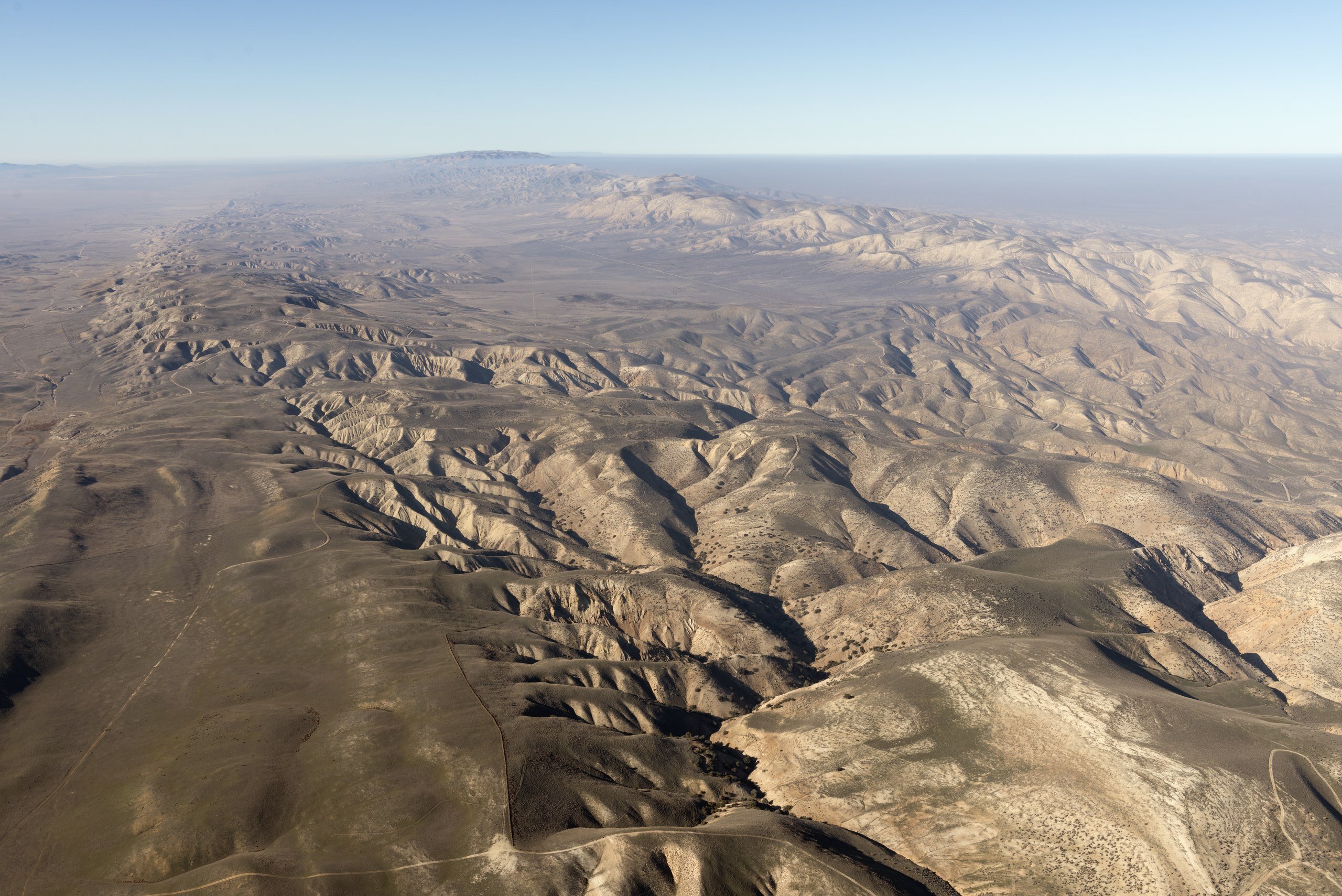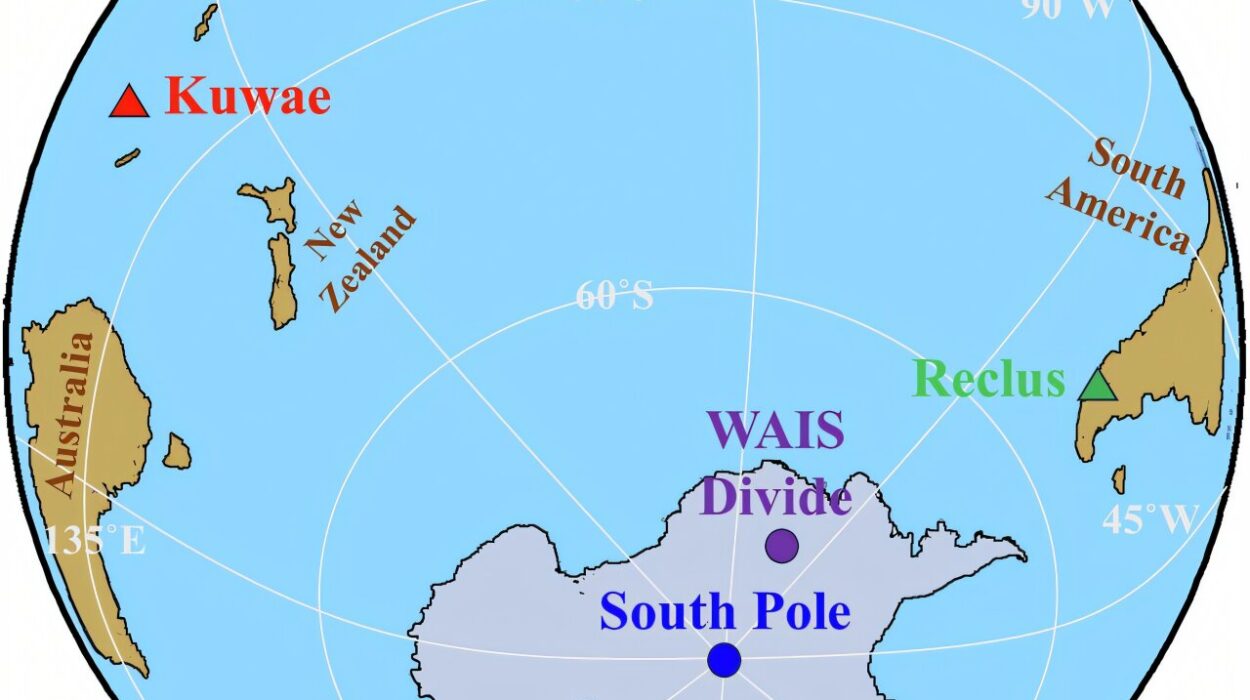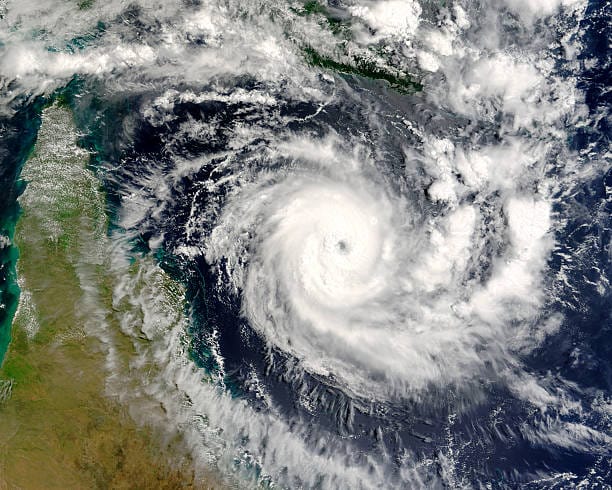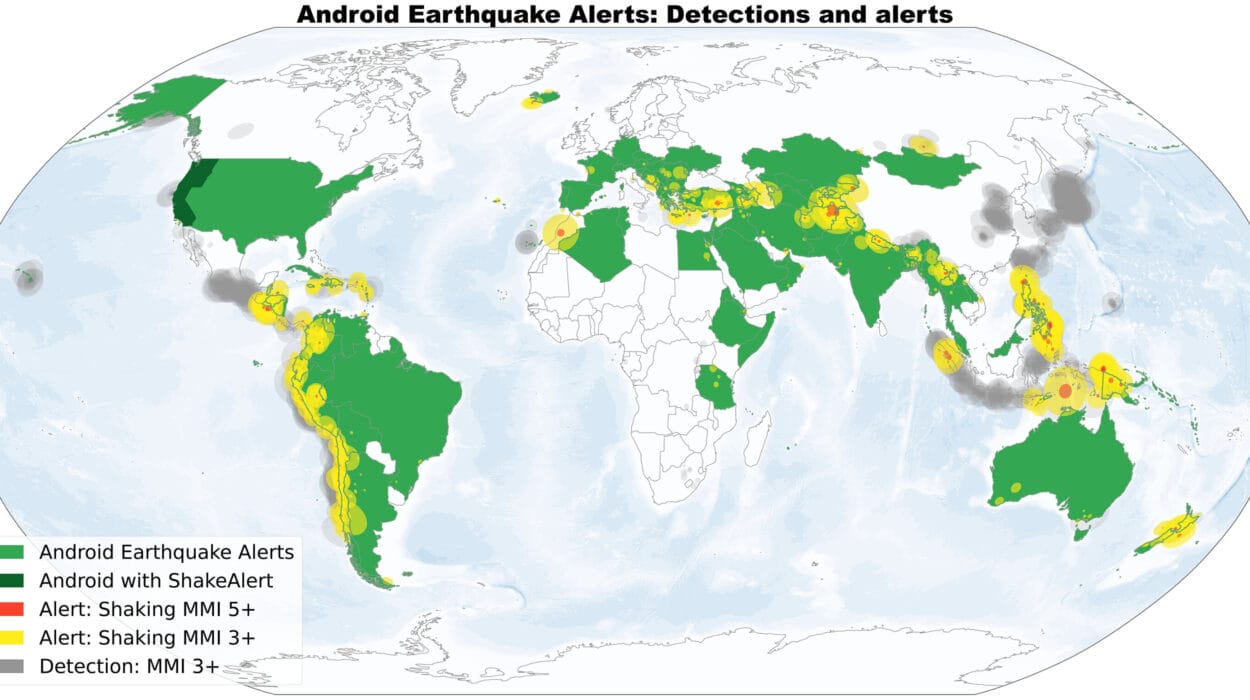Earthquakes, long regarded as unpredictable forces of nature, have mystified scientists for generations. They erupt with little warning, unleash staggering energy, and often leave devastation in their wake. Despite decades of research, one of the most challenging questions in geophysics has remained stubbornly elusive: What truly triggers an earthquake, and can we see it coming?
A new study published in the Proceedings of the National Academy of Sciences marks a major leap toward answering that question. Researchers at the University of Southern California have developed a revolutionary laboratory model that bridges the microscale mechanics of friction to the macroscale dynamics of earthquakes. This is no longer just theoretical modeling or mathematical simulation—it’s a literal window into the invisible heart of seismic activity.
From Friction to Fault Lines: A Shift in Earthquake Science
At the core of this scientific breakthrough is a deceptively simple but profoundly revealing observation: when two rough surfaces—like the faces of a fault in Earth’s crust—slide past one another, they only make contact at isolated microscopic junctions. These junctions, which represent just a fraction of the total surface area, form the “real contact area.” Invisible to the naked eye, this contact area is now understood to be the critical state variable governing the entire earthquake cycle.
Sylvain Barbot, the study’s lead author and associate professor of Earth sciences at USC Dornsife, puts it succinctly: “We’ve essentially opened a window into the heart of earthquake mechanics.” For decades, earthquake models have relied on mathematical laws—empirical equations known as rate-and-state friction laws—that described how friction behaves during fault movement. But until now, those laws lacked a clear physical interpretation. This study changes that.
According to Barbot, “Our model reveals what’s actually happening at the fault interface during an earthquake cycle. By watching how the real contact area evolves, we can now explain both the slow buildup of stress and the rapid rupture that releases it.”
Shedding Light on Earthquakes—Literally
What sets this study apart is its innovative use of transparent materials and optical technology to observe miniature, controlled “earthquakes” in real time. The researchers created synthetic fault systems using transparent acrylic and employed high-speed cameras alongside LEDs to track changes in light transmission through the material.
As these lab-quakes occurred, researchers observed sharp and sudden changes in light—direct evidence of contact junctions forming, growing, and breaking apart. These optical changes were more than just visual artifacts; they revealed the internal choreography of fault surfaces as stress accumulated and was finally released in a rupture.
“In fast ruptures, we see roughly 30% of the contact area vanish in milliseconds,” Barbot said. “That’s an astonishing weakening of the fault, and it’s what drives the earthquake forward. Watching that process unfold in real time is like watching nature’s secrets being whispered in plain sight.”
Revealing the Physical Meaning Behind Earthquake Equations
Since the 1970s, rate-and-state friction laws have served as the backbone of earthquake modeling. These equations have been useful, even predictive, but they’ve operated more like black boxes—trusted, but not entirely understood. One of the core components of these laws is the so-called “state variable,” a mathematical placeholder that describes how friction evolves over time. But until now, this variable lacked a physical explanation.
The USC study changes that narrative. The researchers discovered that this enigmatic state variable correlates directly with the real area of contact between fault surfaces. This revelation is nothing short of revolutionary. It transforms decades of empirical knowledge into a physically grounded framework and paves the way for a new generation of earthquake science that is more predictive, more accurate, and more connected to the real world.
Simulated Earthquakes: A Perfect Match
To validate their findings, the team simulated 26 different earthquake scenarios in their lab setup. They were able to reproduce a wide range of rupture behaviors, from slow-slip events to fast, violent earthquakes, using their contact-area-based model. The simulations didn’t just match rupture speeds and energy drops—they also mirrored how light traveled through the acrylic during quakes, further confirming the link between contact area and seismic dynamics.
Even more compelling was how these simulated earthquakes obeyed the laws of linear elastic fracture mechanics—a classical theory used to describe how cracks propagate through solid materials. This alignment suggests that even complex fault behaviors might ultimately be governed by universal principles of physics, once the right variables—like contact area—are understood and observed.
From Laboratory to Earth: A New Frontier in Prediction
Perhaps the most thrilling aspect of this discovery lies in its potential application outside the laboratory. Contact areas on real geological faults influence several measurable properties—electrical conductivity, hydraulic permeability, and how seismic waves travel. These properties can, at least in principle, be monitored in the field.
This means that scientists could someday track changes in a fault’s contact area before an earthquake happens, providing crucial early warnings. “If we can monitor these properties continuously on natural faults,” Barbot explained, “we might detect the early stages of earthquake nucleation.”
This has long been the holy grail of seismology: not just forecasting where large quakes are likely to occur based on long-term trends, but actively detecting the initiation of seismic events in near real-time, possibly even days or hours before rupture. While the study does not claim to have achieved that goal, it certainly brings it closer into the realm of possibility.
Broader Implications: Monitoring Earth’s Hidden Signals
The implications of this work go beyond earthquakes alone. Friction between rough surfaces is a fundamental phenomenon with relevance in numerous fields—from engineering to biomechanics. By providing a direct link between frictional behavior and observable physical variables, this study may inspire innovations in how we design everything from earthquake-resistant buildings to robotic limbs and industrial machinery.
For earthquake science, however, the real breakthrough lies in this study’s ability to connect the dots between micro and macro, between the invisible and the catastrophic. Earthquakes don’t begin as giant, sweeping ruptures. They start small, with a few microscopic junctions giving way, cascading into larger and faster failures. By observing and understanding those early moments, scientists might eventually find the clues needed to save lives.
Looking Ahead: Scaling Up, Stepping Out
While the USC team’s model is currently based in laboratory-scale experiments, the researchers are already thinking about how to apply their findings to natural fault systems. Scaling up won’t be easy. Earth’s faults are far more complex, and environmental conditions introduce countless variables. But the core physics—how real contact area governs rupture—remains the same.
Barbot remains optimistic. “Imagine a future where we can detect subtle changes in fault conditions before an earthquake strikes,” he said. “That’s the long-term potential of this work.”
Alongside Barbot, co-author Baoning Wu, formerly of USC and now at the University of California, San Diego, played a pivotal role in building and refining the models and simulations that made this research possible.
Together, their work stands as a beacon in the field of earthquake science. By merging real-time visualization, high-speed physics, and fundamental geomechanics, they have given the world a powerful new lens through which to understand and possibly anticipate one of nature’s most terrifying phenomena.
A New Era in Earthquake Science
Earthquakes may never be fully tamed, but with discoveries like these, humanity inches closer to understanding their intricate inner workings. The USC study represents not just a scientific advancement, but a philosophical one. It invites us to look more closely at the tiny contacts hidden deep within Earth’s crust and to see in them the seeds of seismic catastrophe—and perhaps, someday, the key to its prevention.
In a world where billions live in seismic zones, and the next major quake always looms somewhere on the horizon, this research could mark the dawn of a new era—one where earthquakes are not just measured after the fact, but anticipated through the very physics of their birth.
Reference: Wu, Baoning, Evolution of the real area of contact during laboratory earthquakes, Proceedings of the National Academy of Sciences (2025). DOI: 10.1073/pnas.2410496122






